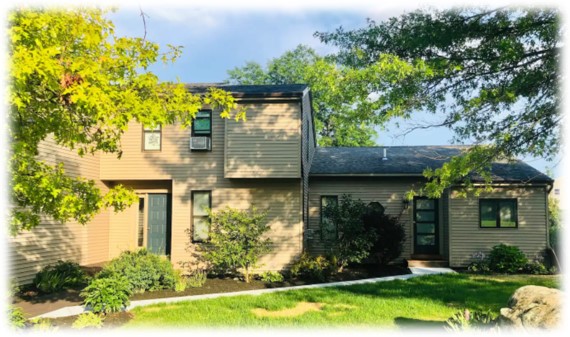Best practices for VT communities considering regulation of short-term rental homes
 Collaborate with neighboring towns (Act regionally)
Collaborate with neighboring towns (Act regionally)
- Vermont towns do not operate in a vacuum. For example, if a town in a ski area prohibits many types of short-term rentals (STR) and a neighboring town does not, the number of STRs is likely to grow in the neighboring town.
- Forming agreement among towns in a region before setting municipal STR policy will increase the likelihood of reaching intended outcomes.
Understand the scope and trends of your area’s STR market
- Does the number and percentage of homes in your area that are used as an STR warrant the time and enforcement that will be required of additional regulation?
- Is the percentage of homes in your area used as STRs over time increasing or decreasing?
- Resources: Entire homes listed as short-term rentals by town and county (Vermont Housing Data website) and Airdna.co
Set explicit policy objectives first
- What larger municipal strategic objectives are related to STRs?
- Increase homes available for incoming new year-round residents
- Increase earnings and income for residents
- Reduce likelihood of “party houses”
- Reduce likelihood of investors from out of the area from purchasing homes for STRs that would otherwise be critical elements of the local housing supply
- Other objectives
- Resources: A practical guide to effectively regulating short term rentals on the local government level (Granicus)
Identify existing town and state regulations that apply to STRs
- Does your town have local rental registry and/or building codes?
- What types of STRs are currently covered by theses? Are they considered “rental housing”?
- Are STRs covered by regulation as B and Bs in your town?
- If so, are B and Bs limited to certain neighborhoods?
- What type of permits are required? Conditional use?
- What fees are currently in place? (Local options tax, others?)
- Resources: Overview of Short-Term Rentals (Vermont Department of Taxes)
Identify gaps between policy objectives and existing regulations to determine where additional municipal regulation is warranted. Sample municipal STR regulations:
- Limit STR use to year-round town residents only.
- Limit the number of units on a property that may be used as STRs.
- Limit the number of units on a property that may be used as STRs to the number of units on the property that constitute year-round affordable housing.
- Allow existing STRs to continue operating, but prohibit additional ones.
- Increase local option tax to register STRs.
- Set numerical limit on the number of homes that may be used as STRs.
- Require STR owners to obtain a permit and pay an application fee.
- Require STR owners to sign an affidavit
Additional information
 Collaborate with neighboring towns (Act regionally)
Collaborate with neighboring towns (Act regionally)
